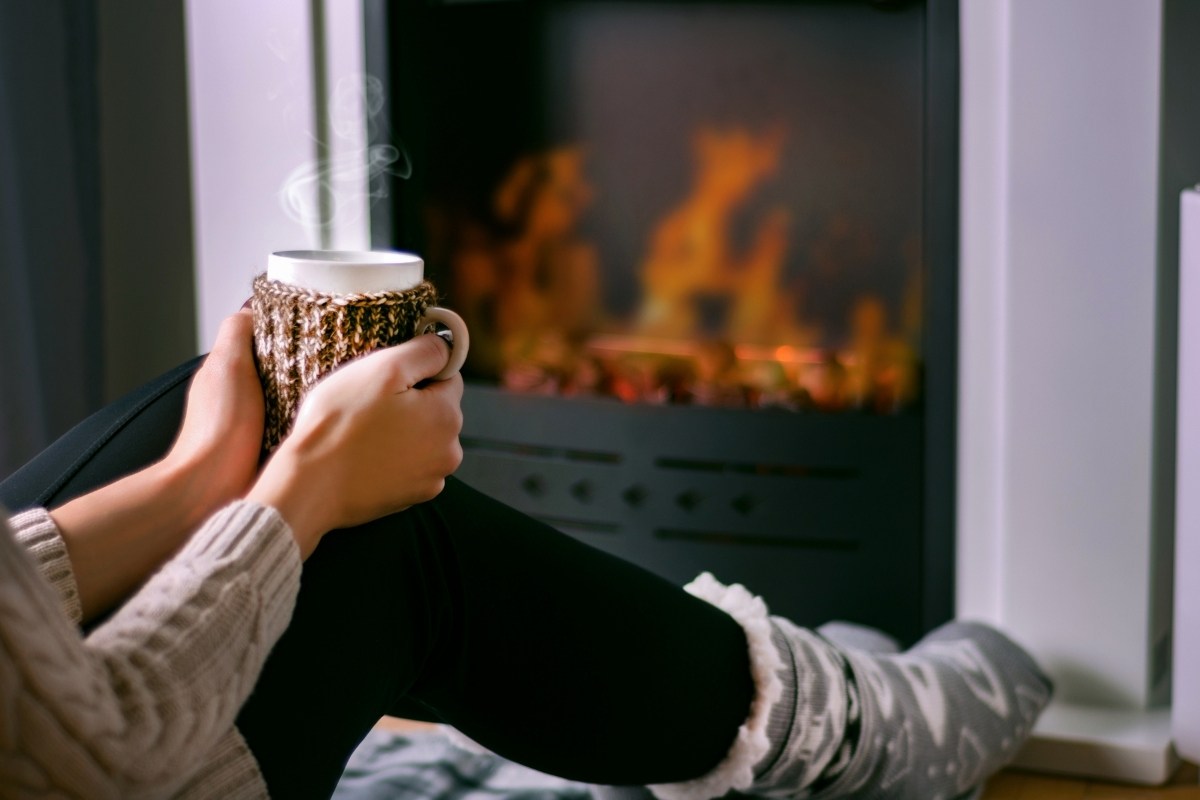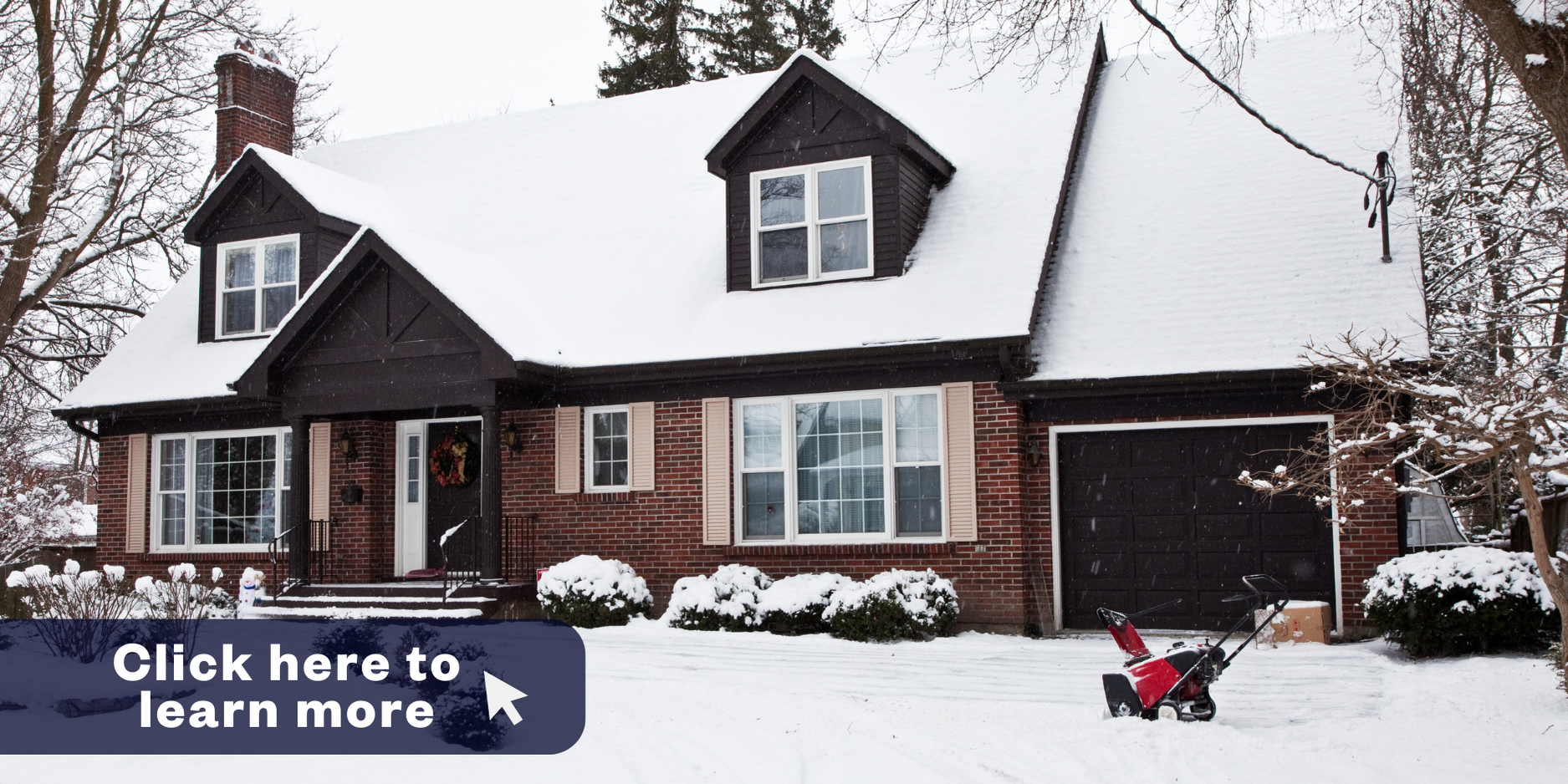How to winterize your home
Before winter approaches, you’ll want to make sure you’ve taken the necessary steps to winterize your home.
What does it mean to winterize your home? This is just a term that means to prepare your home for the colder temperatures.
Preparing your home for the first freeze
Before the season’s first freeze, here are some other home maintenance tips to consider:
- Extend your fuel supply by insulating walls and attics, caulking and weather-stripping doors and windows, and installing storm windows or covering windows with plastic.
- Maintain heating equipment and chimneys by having them cleaned and inspected every year.
- Insulate pipes with insulation or newspapers and plastic and allow faucets to drip a little during cold weather to avoid freezing. Running water, even at a trickle, helps prevent pipes from freezing.
- All fuel-burning equipment should be vented to the outside and kept clear.
- Keep fire extinguishers on hand, and make sure everyone in your house knows how to use them. House fires pose an additional risk, as more people turn to alternate heating sources without taking the necessary safety precautions.
- Learn how to shut off water valves (in case a pipe bursts).
- Insulate your home by installing storm windows or covering windows with plastic from the inside to keep cold air out.
- Hire a contractor to check the structural ability of the roof to sustain unusually heavy weight from the accumulation of snow or water, if drains on flat roofs do not work.
When snow is in the forecast
Before the season’s first snowfall, you can prepare with these home maintenance tips from our friends at Erie Insurance:
Windows and doors: Prevent chilly drafts (and pricey heating bills) by checking and replacing any worn weather stripping, and caulking any cracks. For loose-fitting doors, slide a draft guard or rolled-up towel underneath to fill the gap. For old or drafty windows, consider peel-and-stick window insulation film – it might not be the most elegant look, but it can keep up to 70% of heat from escaping.
Thermostat: For every degree lower your home’s temperature is during the winter, you can save as much as 1 percent on your energy bill (according to the U.S. Department of Energy). If you have an older thermostat, consider replacing it with a smart model to save on heating costs. Many new thermostats have algorithms to learn your comings and goings so you’re not paying to keep your home toasty warm when you’re not around.
Snow removal supplies: Before the first snow, you’ll be glad you thought ahead and bought supplies early. Inspect the bolts, belts and parts on your snow blower; make sure your snow shovel is in good shape; stock up on ice melt or sand; and invest in a snow rake to help clear your roof. Snow accumulation on your roof that exceeds 20 to 25 pounds per square foot can be dangerous.
Drafts and cracks: Cold air will take advantage of any opportunity to sneak into your home. Here’s a list of quick fixes for drafty places:
- Outlets and switch plates: Use foam-insulating sheets to block cold air coming in from exterior walls.
- Exposed ducts: Check your attic, basement, and crawl spaces and use sealant to plug up any leaks or cracks on exposed ducts.
- Floors: Don’t underestimate the power of a thick, cozy rug. Your floors can account for as much as 10 percent of heat loss in a house.


